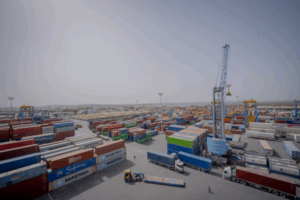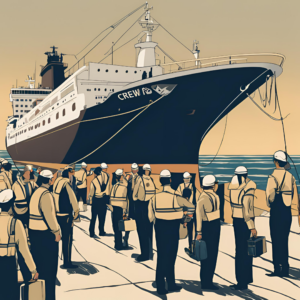Going through paperwork is an inescapable part of the shipping process. And for business owners, it is one of the biggest headaches to deal with when importing or exporting goods.
Fortunately, customs clearance can be assigned to a shipping agent so that owners can focus on running their companies. All Seas combines brokerage and transportation services to guarantee accurate customs compliances.
In this article, we’ll go through what is customs clearance and the documentation involved with it.
What is Customs Clearance?
When shipping cargo through national borders, the shipper goes through customs clearance. It is a set of requirements and formalities that involves paperwork to control and facilitate the import and export of goods.
The person handling this operation is named a customs agent. They are qualified professionals who take care of the process on behalf of the importer or exporter. They are the liaisons with the customs authority in each country and ensure everything is accurate.
Documentation Involved With Customs Clearance
The kind of information to submit for customs clearance depends on various factors, mainly the method of transport and the shipping classification.
Here are some of the documents to submit to customs clearance:
- Purchase Invoice: This document is required to prove the legality of the commercial transaction.
- Bill of Lading: The bill of landing is issued by the carrier or agent to acknowledge the receipt of cargo for transport.
- Insurance policy contract: This is a contract signed between an insurer and the policyholder that promises coverage of damages in case of perils in exchange for a premium.
- Packing list: This document contains a list of descriptions, weights, and other pieces of information about the cargo.
To sidestep all the bureaucracy and paperwork that is taking up your valuable time, let Pangea Logistics Solutions take care of your customs clearance.
All Seas Shipping has the expertise, connections, and knowledge necessary to manage all custom clearance procedures.






